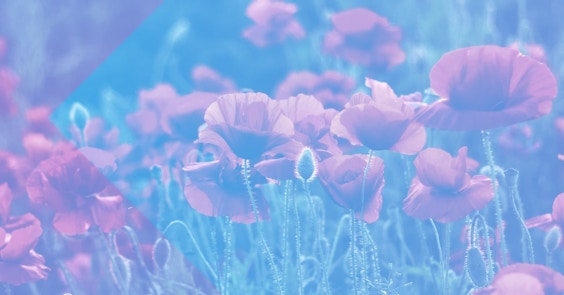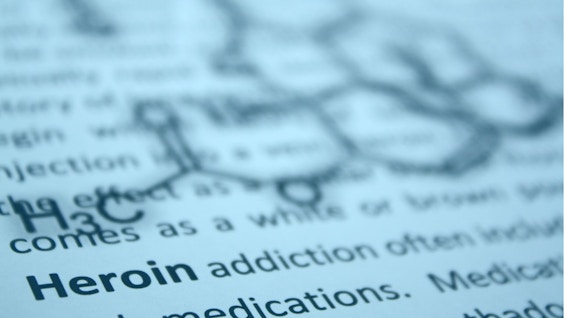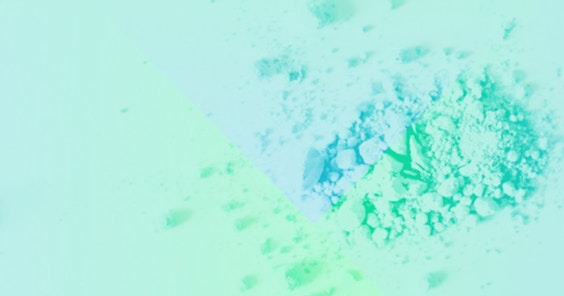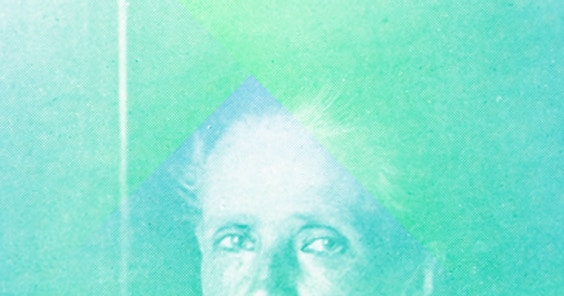I Am Sober is a free app that helps you get some control back in your life.
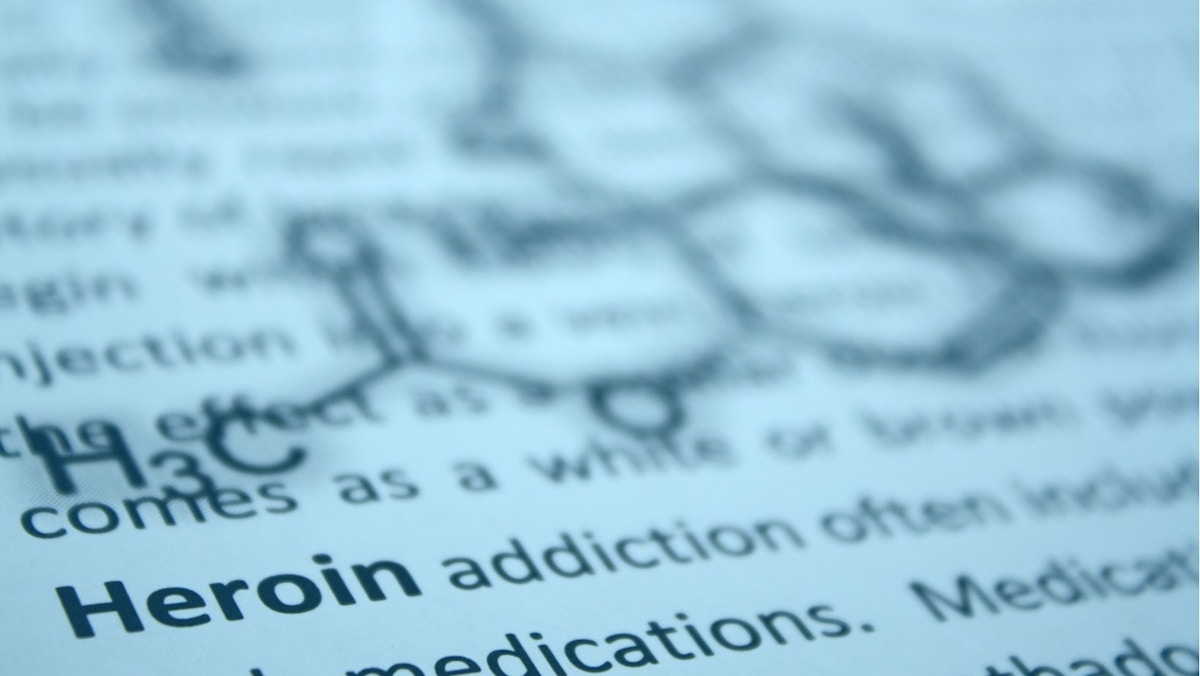
What Does Heroin Look Like?
Last Updated: Tue, January 23, 2024Heroin is an illegal substance that is extremely addictive. It is commonly found in powder form after being processed with morphine. But what does heroin look like?
In a gist, heroin is obtained from poppy plants, although there are numerous methods heroin is created, which affects its purity. Pure heroin is a white powder that may be smoked or snorted. Darker, impure heroin is diluted or dissolved before being injected into the skin, muscles, or veins.
But what does heroin look like? What are its effects? What does heroin look like in terms of people it impacts?
In this article, we will talk about the bad effects of heroin, what does heroin look like, and what does heroin look like in terms of the people it impacts.
What Is Heroin?
Heroin is a powder made from opium plants. It might be from South America, Mexico, or Southeast and Southwest Asia.
The majority of heroin in the United States comes from South America, while black tar types from Mexico are more frequent in the western US. It bears the look of coal or roofing tar and is dark brown to black in hue.
Although some drugs, such as codeine and morphine, are allowed when prescribed for pain management, heroin is banned because it has deadly adverse effects and is highly addictive.
Because of the nature of the drug's actions, there is an elevated danger of overdose. Variations in purity exacerbate the situation even further. The Center for Disease Control and Prevention estimated over 10,500 heroin overdose deaths in 2014, more than quadrupling the number in 2002. The numbers are mainly due to unclear purity and the use of cutting agents and filler.
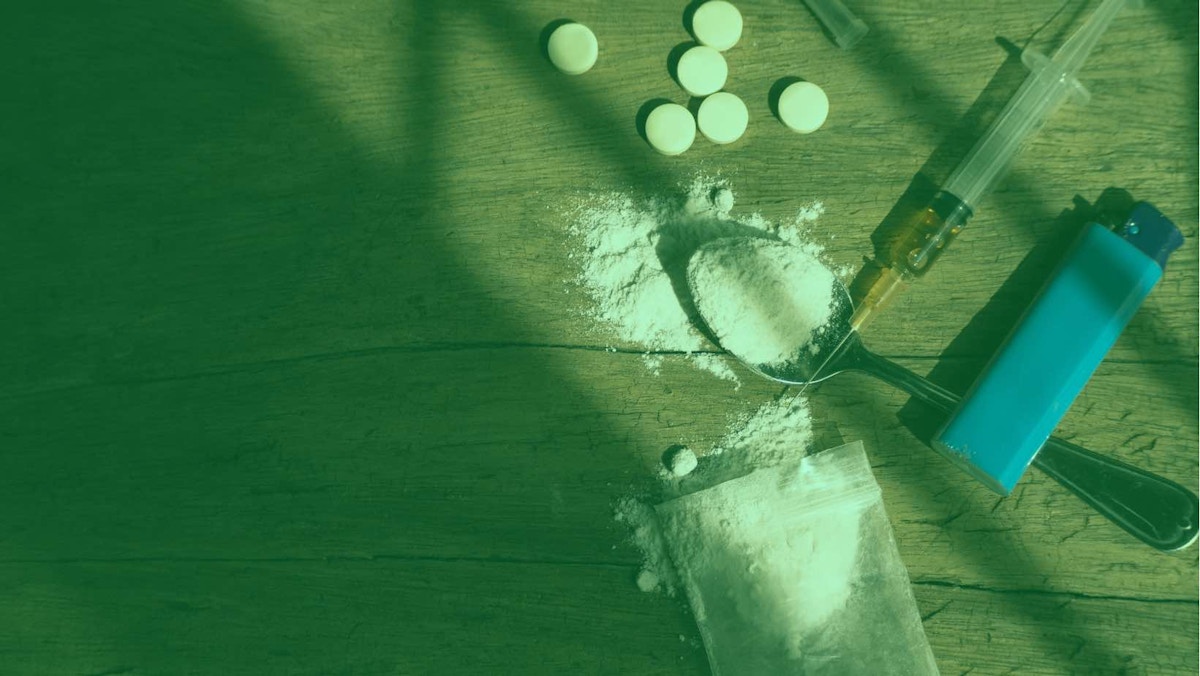
Bad Effects of Heroin
Long-term heroin use alters the brain's physical and chemical makeup. It can damage the white matter in the brain to some level.
This might influence a person's behavior, stress reaction, and decision-making capacity. Over time, a person's tolerance grows, requiring more and more heroin to achieve the same high.
Withdrawal symptoms can be seen as soon as a few hours after taking a dosage, resulting in severe physical dependence. Users may require up to four doses each day totaling 300 to 500 mg, and in severe cases, up to 1,500 milligrams.
What Does Heroin Look Like?
Heroin is a fine white powder in its finest form. However, it is most typically observed to be rose gray, brown, or black in hue. Its color is derived from additions used to dilute it, which might include sugar, caffeine, or other compounds.
The different chemicals do not completely dissolve, and when injected into the body, they can obstruct blood arteries leading to the lungs, kidneys, or brain. This can result in infection or the demise of essential organs.
What Does Heroin Look Like? Before and After Photos
Heroin causes major physical changes when used for a long time. Here are some before and after photos of heroin users:

Source: Springboard Recovery
Melissa Lee Matos awoke on March 1, 2016, after losing three days to one of her worst blackouts yet. This was induced by the usage of heroin, Xanax, a potent benzodiazepine, and Seroquel, an antipsychotic drug.
Although Melissa was in outpatient addiction treatment at the time, she acknowledged she was lying and scheming her way through. She quickly realized she was both lost and afraid. Melissa also thought that only death could stop her suffering.
Fortunately, she had the desperate bravery to phone her mother and ultimately say that she wasn't sober, that she wasn't in treatment, and that her addiction had worsened. "That choice, that honesty, that call for assistance... It saved my life," Melissa says.

Source: Springboard Recovery
Dejah suffered from addiction from 17 to 22. It started with a prescription for pain relievers, which escalated to heroin and finally meth.

Her lowest point came when she went to see her grandfather: "I started weeping when I told my grandfather that I loved him." "He told me I was hurting him," Dejah said as she rushed into the bathroom, shut the door, and did the only thing she could— pray to God.
She prayed to God, "If you're real, I truly need you to help me."
Her prayers had been answered. Within two hours, she was arrested on outstanding criminal charges, and she spent the next two to three weeks in county prison, going through withdrawal— without her grandfather and her answered prayer as an incentive.
Overcoming Heroin Addiction
Here are some treatments for heroin addiction:
Behavioral Treatment
Behavioral therapy's many techniques have been found to effectively treat heroin addiction. Art and music therapy, leadership training, relapse prevention, meditation, communication training, progressive relaxation, yoga, and a variety of other treatments are examples of behavioral therapies. When used in conjunction with drugs, behavioral treatments are very useful.
Medication
Medications are highly effective therapy alternatives for people who combine them with behavioral therapies and other evidence-based treatments.
Self-Help Organizations
Narcotics Anonymous (often abbreviated as NA) is a non-profit organization that organizes support groups for persons who have a heroin addiction. Furthermore, members of NA offer mutual support to one another as they deal with the challenges associated with heroin addiction.
Conclusion
Heroin is one of the most addictive chemicals known to man. Addiction to this narcotic is difficult to overcome without professional assistance.
The great news is that there is a range of treatments available to assist people fighting heroin addiction safely. These include using a sober app like I Am Sober having the right support system. Reach out to a professional right away if you or your loved one is suffering from heroin addiction.
I Am Sober is a free app that helps you get some control back in your life.
